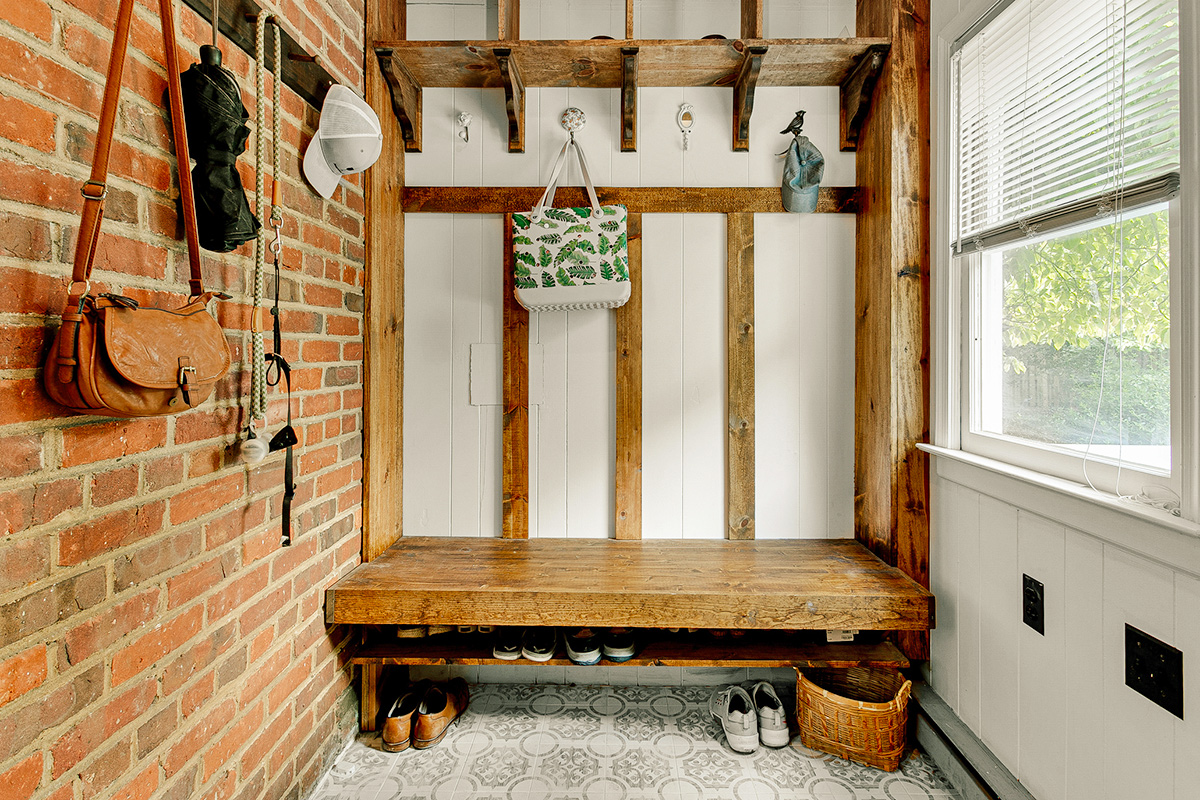Growing herbs is one of the most rewarding and high-impact options for anyone with limited space. You can grow useful amounts in a pot or windowsill planter, or set up a bed in the corner of a larger garden to grow your favorites.
One thing you’ll quickly learn is that some herbs try to blossom and go to seed as the summer heat sets in. While it’s only natural for them to want to reproduce, if you’re looking to maximize your basil harvest, you’ll need to work around that hard-coded trait. Here’s a quick and easy hack to help keep your basil growing lavishly all summer long.
Growing Basil the Smart Way
This technique has nothing to do with your growing conditions, so put down the compost or fertilizer. It works equally well for a single pot on the windowsill or a large garden bed (if you plan on making enough pesto to last you all year). You can start as soon as you set out your transplants and continue until the cold weather kills your plants.
So, how does it work? Very simply: Take a close look at your basil plant, and you’ll see that its leaves grow in pairs on either side of the stem. Look down the plant to find a big, healthy pair of leaves on a strong stem. Now, pinch the stem just above those leaves (or snip it with a pair of clean scissors). As the basil plant grows, those two leaves will develop into sturdy stems themselves, giving you two stems instead of one. Once those two stems have grown big and strong, repeat the process to get four stems.
More from our network
House Outlook is part of Optimism, which publishes content that uplifts, informs, and inspires.
“Cut and Come Again”
This is the exact same process you would use to make a houseplant (say, a coleus) grow thick and bushy, and it works just as well with basil. The big plus is that as each stem fills out, you’ll get an ever-growing supply of leaves to harvest, providing you with more of what you love. Eventually, you’ll be able to take all the leaves you need without stripping the entire plant bare.
This practice of continuous harvesting, rather than a single large harvest, is called “cut and come again.” (It works really well with lettuces and other greens, too.) Pinching and pruning your basil this way will greatly increase your harvest, which is excellent news for any basil-lover.





























